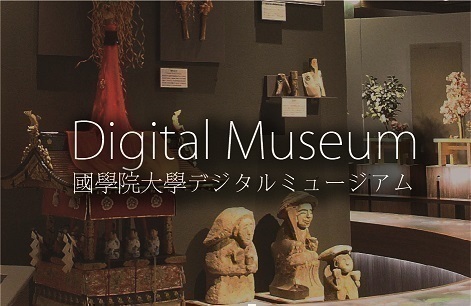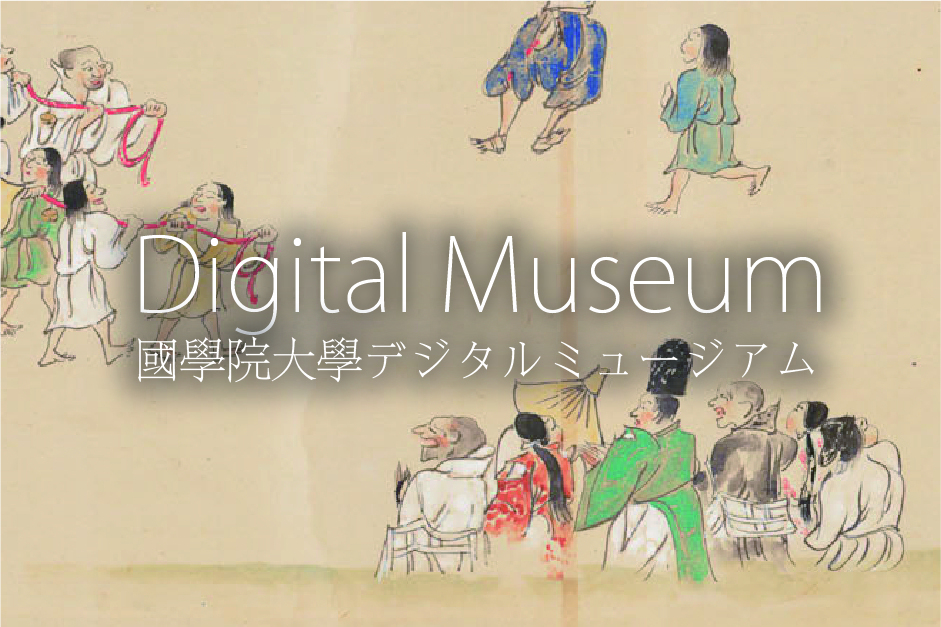- トップ
- Encyclopedia of Shinto
- Taikyō Senpu
Encyclopedia of Shinto
| Main Menu: | |
| Links: |
詳細表示 (Complete Article)
| カテゴリー1: | 3. Institutions and Administrative Practices |
|---|---|
| カテゴリー2: | Modern and Contemporary |
| Title | Taikyō Senpu |
| Text | The Great Promulgation Campaign. In a narrow sense, this refers to the propagation of the Great Teaching (taikyō), also known as the "great way of the kami" (kannagara no taidō) by missionaries called senkyōshi. The movement was launched in 1870 by the "Imperial Rescript on the Great Teaching" (Taikyōsenpu mikotonori). In a broader sense, the movement refers to the kyōdōshoku preceptors (evangelists), who succeeded the senkyōshi of the various feudal domains (han) in 1872, and their propagation of the three teachings (sanjō no kyōsoku), namely "reverence for the kami and love of the country" (keishin aikoku), "heavenly principles and human ethics" (tenri jindō), and "reverence for the emperor and adherence to the court's wishes" (kōjō hōtai, chōshi junshu). The Restoration government was determined to keep Christianity at bay and to enlighten the populace as to the significance of direct imperial rule. To this end, they made a number of structural changes designed to facilitate the dissemination of propaganda. In the seventh month of 1869, as the Jingikan (Department of Divinities) was granted new status independent of, and above, the Council of State (Dajōkan), the chief of the Jingikan acquired new authority for overseeing propaganda. In the ninth month, the government set up a special propaganda office known as the Senkyōshi (The Office of Indoctrination). The Senkyōshi office was staffed by a chief, a vice-chief, and other administrative officers, as well as by "educators" who were ranked from Senior Instructor (daisenkyōshi; later restyled daihakase or Senior Professor of Instruction) down to Junior Lecturer (shōkōgisei). The primary role of this office and its staff was counter-Christian activity. In 1870, all domains were required to appoint local instructors who added their weight to the Senkyōshi office. The activities of the office failed to develop successfully, owing partly to a lack of personnel and also partly to the unpolished nature of the propaganda they were entrusted to disseminate. The government and the officials of the Jingikan decided therefore to deploy Buddhists in propaganda campaigns in order to invigorate and expand the movement. To this end, they abandoned the Jingishō and the Senkyōshi offices and created the Kyōbushō (Ministry of Religious Education), and established the kyōdōshoku office of preceptors, who were to work without financial recompense. There were fourteen ranks of kyōdōshoku, and Shintōists, shrine priests (shinkan), and Buddhist priests (sōryo) all received appointments. The combined Buddhist and Shintōist kyōdōshoku had their headquarters in the Taikyōin (Great Teaching Institute) in Tokyo, and there were regional centers known as Chūkyōin (Regional Teaching Institutes). All shrines and temples in the land were further designated as Shōkyōin (Local Teaching Institutes) and accorded a key role in the movement. Priests gathered parishioners together and preached to them on the Eleven Topics and Seventeen Topics (jūichi kendai; jūnana kendai), which were designed as commentaries upon the aforementioned three principles. The movement was a joint Shinto-Buddhist undertaking, but the ritual performances demanded of the Taikyōin and the Chūkyōin had a distinctly Shinto coloring to them. The sermon content had a very strong Shinto hue as well. In reaction to this, Buddhists such as Shimaji Mokurai (of Nishi Honganji) and other True Pure Land (Jōdo Shinshū) prelates campaigned vigorously against the imposition of Shinto in collaborative proselytization, on the grounds that it was in breach of religious freedom and the separation of religion and politics. As a result of the True Pure Land sects' rallying for departure from the Taikyōin, the Great Promulgation Campaign began to falter. In April 1875, the Taikyōin itself was dissolved, marking an end to a mere three years of joint dissemination by Shintōists and Buddhists. The movement further faltered with the abolition of the Kyōbushō in 1877 and the emergence of the new discourse on the separation of religion and the state. In 1884, the kyōdōshoku system was abolished, which marked the end of the Great Promulgation Campaign in name and fact. — Sakamoto Koremaru |





